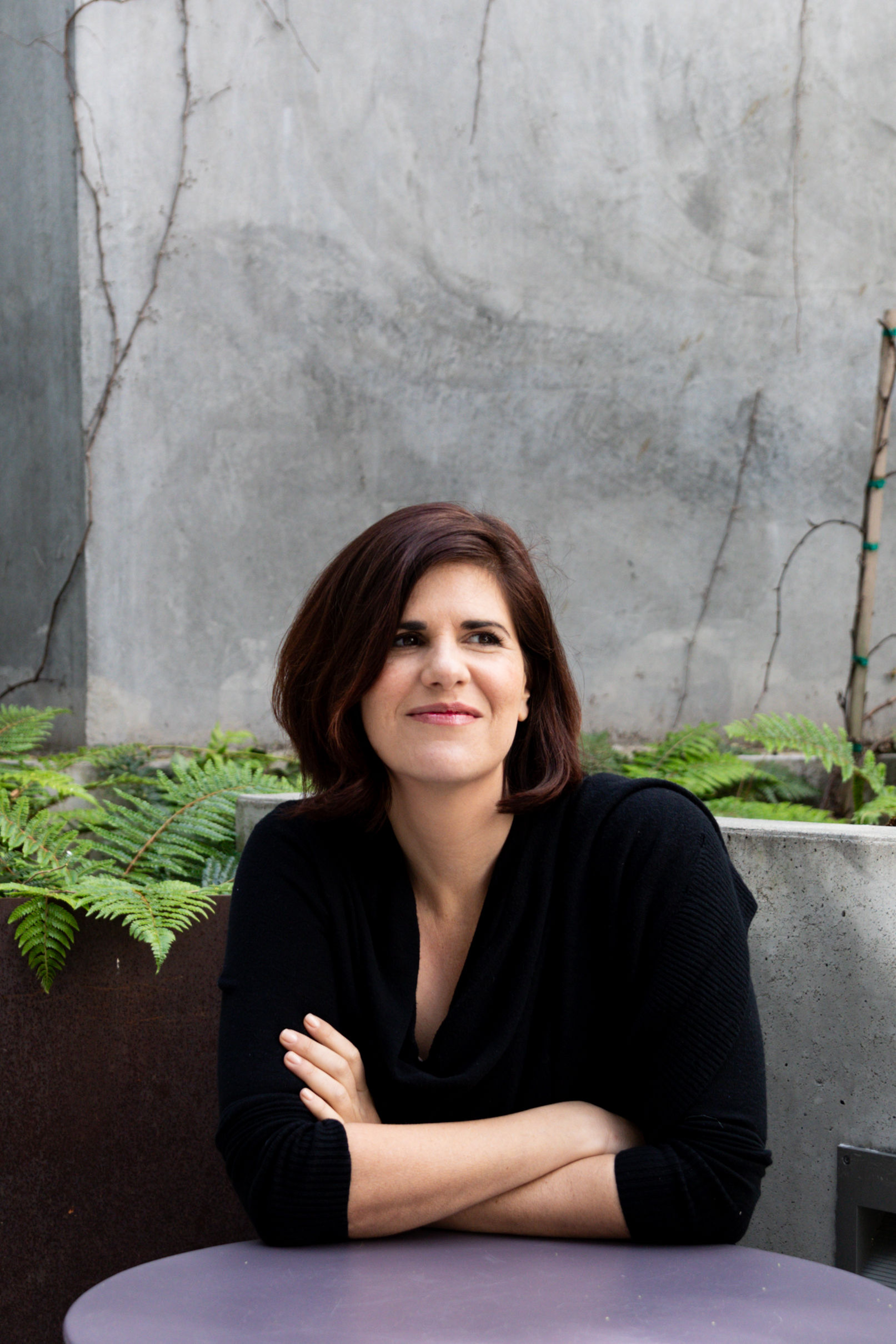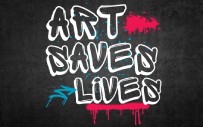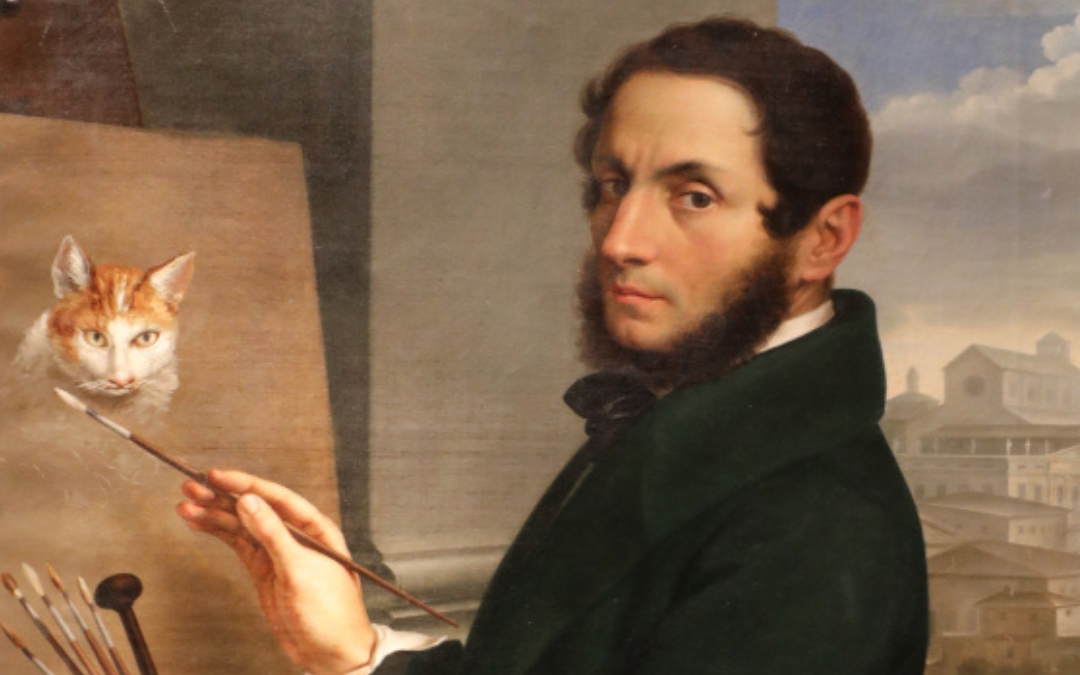Have you ever fallen into the trap of thinking you know someone just by seeing them? It can be particularly easy with beautiful people. When the scars aren’t obvious, sometimes I think it means they haven’t been hurt. But how I see them says nothing about how they see themselves nor who they really are.
I remember learning about self-portraits in third grade and thinking of them as contests in which the person with the most photorealistic drawing ability wins. I didn’t understand abstract or symbolic representations and thought of them as copouts. I didn’t realize that all art is self-portraiture. All art reveals the person who made it. And when you respond to it, it reveals you too.
I re-learned that this summer while visiting The Uffizi Gallery in Italy. It is renowned for its unparalleled collection of ancient and Renaissance art, but what stuck with me was the self-portrait galleries. The first one sneaks up on you. It doesn’t look particularly different from the other portrait galleries that preceded it. Some of the portraits are beautiful and pull you in with a quality of light that makes you marvel at the painter’s skill only to remember that the painter is also the person depicted. Other portraits make you wonder if the painter was unskilled, ugly, or self-hating to paint himself so rodent-like.
It’s easy to feel alone when all you see is others’ outsides. There’s nothing to hold onto there, just slick surfaces sliding off each other.
The next gallery showcased self-portraits of self-portraits. The artists rendered themselves in the act of rendering themselves, creating a tunnel of mirrors into infinity. Except one. Nearly indistinguishable from the ones surrounding it. He is at the canvas with a brush and palette in hand, wearing a black coat and navy cravat, somber in a chinstrap beard. It’s all very normal, except instead of an accurate representation of his face, he painted the face of an orange cat. I almost didn’t notice it because the rest of the painting is so serious. Of the multitudes of self-portraits on display, this was the one that made me think, “I wanna be friends with him.” His sense of humor transcended the centuries that separate us. I wanted to know more about him. His self-portrait reached out from the 1700’s to connect us.
It’s easy to feel alone when all you see is others’ outsides. There’s nothing to hold onto there, just slick surfaces sliding off each other. Art allows us to see inside strangers. To develop empathy. And through empathy, belonging. To feel less alien and unknowable in what is, somewhat necessarily, a lonely journey through the universe stuck inside a meat sack that everyone perceives as separate, and sorta is. No one will know what’s going on inside our bodies and minds if we don’t let it out. If we don’t share our experience, no one can share it. And it is the shared experience of life that makes it worth living. Art pierces the metal veil of separateness and allows our souls to reconnect with others. Connection isn’t made at the surface level. Connection is when my inner orange cat recognizes your inner orange cat.
Whenever someone connects with my words, I feel more woven into the fabric of the universe because I am seen, I belong, I lived.
I wonder: what would your self-portrait be? Does your face look like the face I see? Is it a painting, a sculpture, a well-tended garden? Is it mixed media: ticket stubs decoupaged with a scent memory? Is it your children? I think mine is probably my memoir. I chose all the words and their order, the font, the spacing, the page breaks, and the cover. I spent seven years crafting that representation of self and putting it into the world allowed those who love me to love me better. Whenever someone connects with my words, I feel more woven into the fabric of the universe because I am seen, I belong, I lived. Everything I lived to earn that book is more worthwhile when art turns it into a tendril of connection. And every time that connection is returned to me in people who have found meaning, understanding, or a reflection of their own experience in my writing, it is a life-saving affirmation on all sides.
I experienced that this summer when a woman who I had never met but who had connected with my book reached out and invited me to speak at a local gathering in Bentonville, Arkansas. My art brought me to a room of people thousands of miles from my home to share moments of connection, catharsis, and healing, where our orange cats came out to play together.
But the truth is, even the 90,000-word self-portrait I took years to create is only a reflection of a version of me–of the version of me who hadn’t lost a sister. Self-portraits are snapshots of what it means to be alive at that particular moment in this particular world in your particular body. The portrait changes. We get to remake it. We are constantly remaking it.
Art saves lives because it allows us to show, see, and understand our ever-evolving selves. It saves lives by reflecting those selves in others. Art saves lives by creating echoes and connections that teach us we have never been as lonely as we can feel.

Anne Kiehl Friedman is a professional writer whose first book, Higher Love: A Psychedelic Travel Memoir of Heartbreak and Healing, launched as a #1 New Release on Amazon in Medicine & Psychology. It is “a memoir that’ll have you traveling, tripping, and seeing yourself in the passenger seat of a meaningful story of discovery,” according to the Independent Book Review, and a 5-star debut from Literary Titan. Anne worked as a speechwriter and ghostwriter for prominent individuals in film, philanthropy, and politics, before returning to writing for herself. A graduate of Stanford University, ESADE, and The Berkeley Chaplaincy Institute, Anne holds BA’s in Sociology and Political Science, an MBA, and is an ordained Interfaith Minister. Find Anne on Instagram: @annekiehl
Artwork (As seen on homepage card for this post): Raimondo Zaballi, Self-Portrait Painting a Cat, Oil on Canvas—Uffizi Gallery, Florence
Subscribe to our newsletter for early access to Art Saves Lives Essays!

Art Saves Lives by Community Building Art Works is a series of essays where contemporary authors, poets, and artists reflect on the sacred act of art making and allow readers to feel seen and safe to reach further inside of themselves in their own art making practice. To receive these essays in your email before they are available to the wider public, sign up for our newsletter, here.

